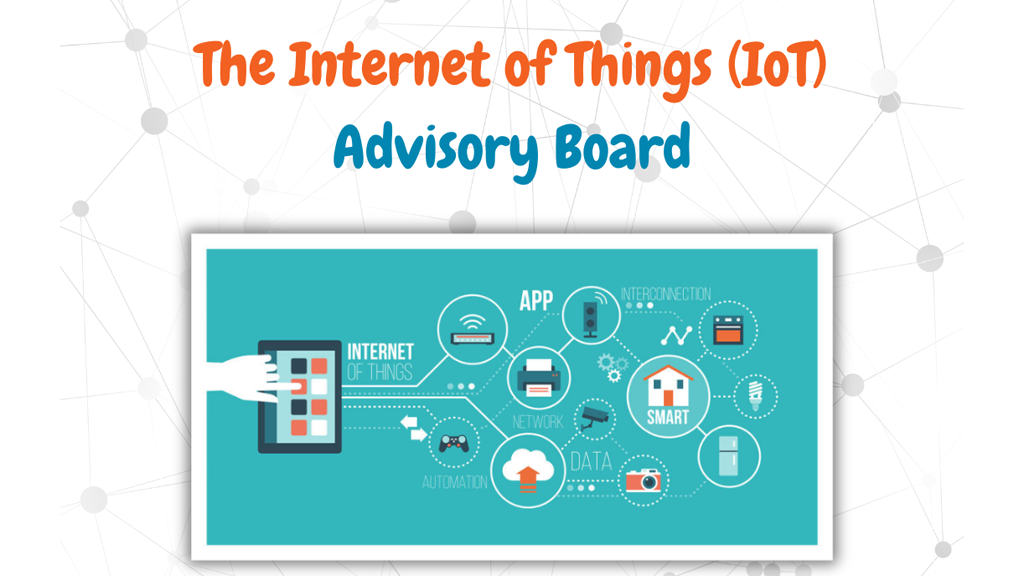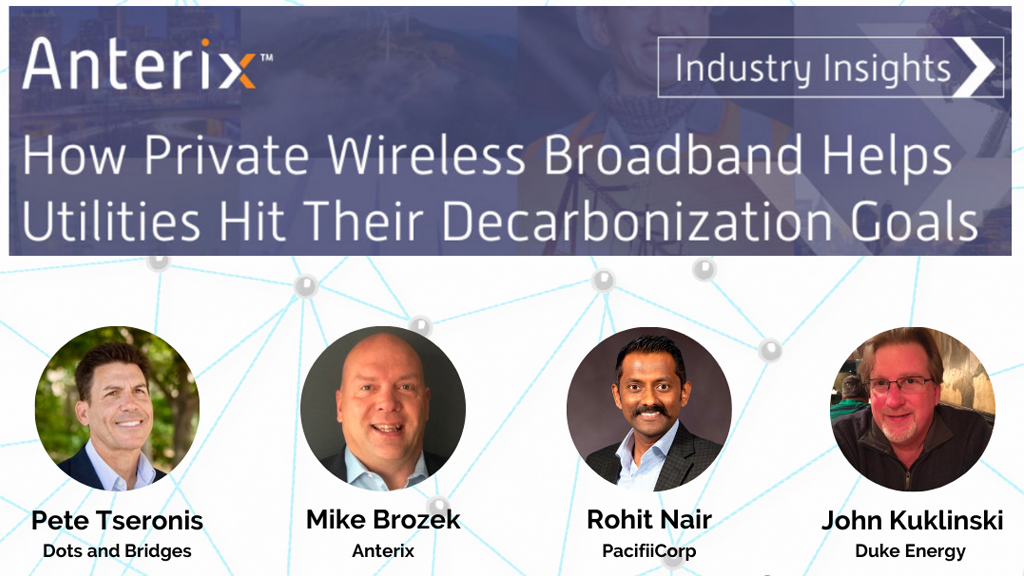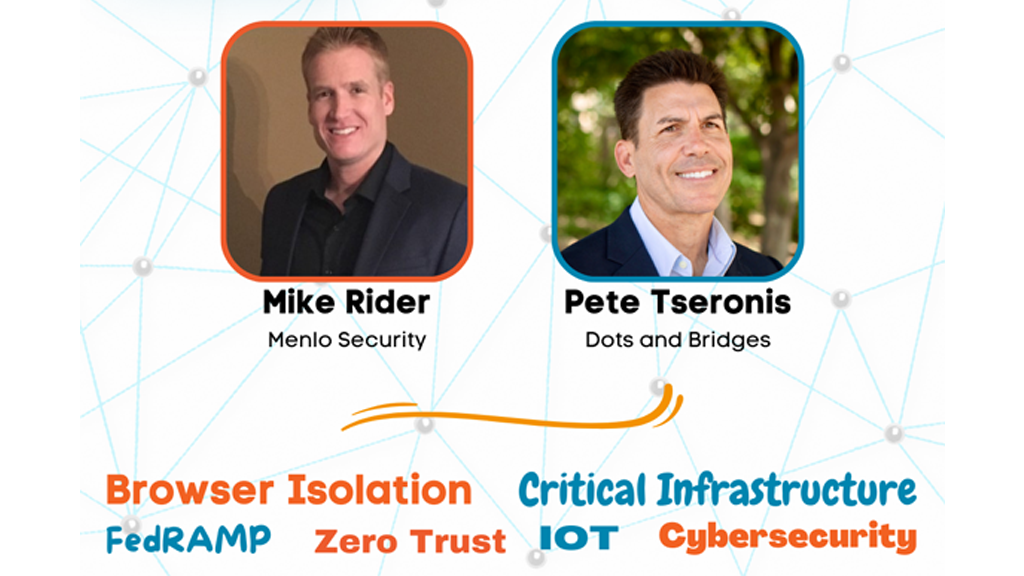Pete discusses the importance of balancing innovation and risk mitigation in a “connected” world.
Commercializing technology is nothing new to the Federal Government. In fact, Uncle Sam is arguably the catalyzing force empowering a collective of pioneering innovators toward next-gen digital transformation. Furthermore, Administrations past and present emphasize the important role that local government, communities, and municipalities play in terms of achieving broad economic growth and prosperity.
No topic seems to embody this modernization agenda more than “Smart Cities.”
INFRASTRUCTURE IS KEY
For cities to be deemed “smart,” the critical infrastructure sectors supporting these communities will leverage digital information and communication technology (ICT) to analyze real-time information, which, in turn, will enable new and enhanced citizen services. For example:
- smart grids
- intelligent transportation
- remote health care
- efficient farming
And, of course, it is paramount to address cybersecurity and privacy matters without stifling innovation.
The key to building a smart city is the underlying (and hopefully, resilient) infrastructure. In other words, it’s the ping, power, and pipe integrated with an Internet of Things (IoT) fabric intended to facilitate secure collaboration, foster knowledge-sharing, and spur economic growth.
CYBER-PHYSICAL SYSTEMS, DIGITAL TRUST, AND IOT
To date, significant public and private sector investment has accelerated the research and development (R&D) necessary for smarter cities/communities to become a reality. Yet, the development and deployment of these innovative approaches will require continuous, multi-disciplinary collaboration across academic, entrepreneurial, and government stakeholders to harness the promise of technology.
To realize the benefits of a distributed network of technologies, cyber-physical systems and machine learning platforms must seamlessly collect, aggregate, and distill information in a manner that leads to improved citizen living while mitigating risk of data breach.
In other words, city residents will require that digital trust (keeping information safe and secure) be upheld.
A “smart city” will leverage critical infrastructure computing services such as the cloud, advanced analytics, and artificial intelligence to connect physical and virtual devices. This connectivity requires equal parts broadband, electronics, sensors, software, machine intelligence, and security to strengthen and maintain secure, functioning, and resilient assets vital to our cities and communities.
DATA PROTECTION MATTERS
As IoT deployments become more ubiquitous, it is crucial that the systems underpinning this infrastructure employ prevention, protection, mitigation, response, and recovery measures, especially given the expected volume, velocity, and variety of data exchange.
So, how do cities plan to balance the promise of enhanced citizen services with concerns related to data protection and personally identifiable information (PII)? After all, the basis for a smart city is maintaining automated infrastructure that communicates with consumer habits, e.g. consumption, movement, and behaviors.
For starters, it is essential that city architects, planners, and technologists:
- emphasize the protection of collected personal data
- mitigate unauthorized access to consumer information, and
- maintain transparency when amassing sensitive customer data
In addition, while myriad cyber-physical system mechanisms intended to protect customer data exist, a few key techniques that should be incorporated into a smart city framework include:
- encryption
- identity management
- device authentication
- digital certificates, signature, watermarking, and
- blockchain
ASSESSING INNOVATION AND SECURITY
Smart cities/communities exude the concept of “hyper-connectivity” (and increased ICT complexity). The IoT landscape affords always-on access to information and the corresponding vulnerabilities associated, be it malicious or inadvertent. As our sixteen (16) critical infrastructure sectors seek to adopt connected assets within city planning architecture, the threat landscape will exponentially expand.
Moreover, as citizens, we will consume these ICTs in an effort to:
- stay informed
- stay connected
- stay smart
To ensure a safe, secure equilibrium of modernization, resilience, and information protection, the public, private, and consumer sectors are proportionately accountable. The over-arching eco-system is as strong (or vulnerable) as its weakest link.
In sum, this digital transformation is clearly being felt within our communities, cities, and countries. However, the infusion of next-generation technologies is outpacing the development of cybersecurity measures intended to protect information assets. Managing and mitigating risk while inventing and innovating is the balancing act. If done effectively, our hyper-connected world will be one that is equally hyper-secure.






